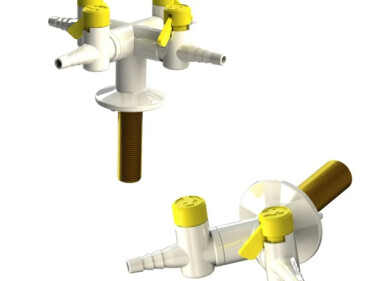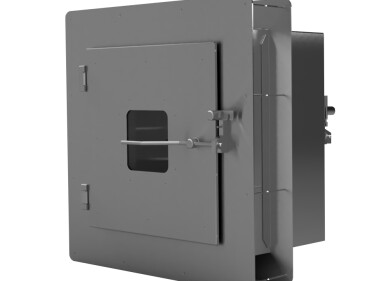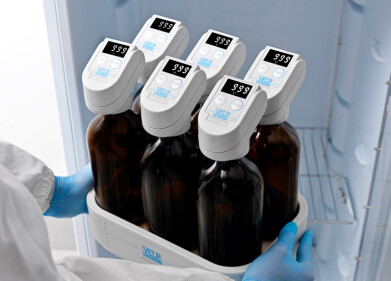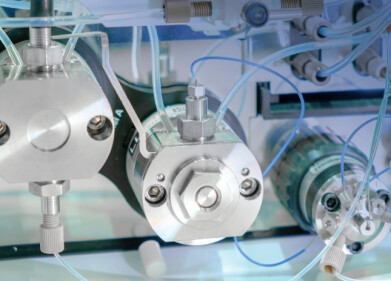Laboratory products
Soil Moisture Sensors Aid Crop Production Techniques in Space
Apr 26 2021
NASA has just landed its Perseverance rover on Mars but it will be some time before astronauts can visit the red planet. One challenge to overcome is how to keep astronauts nourished. Because vitamins and antioxidants in vegetables degrade over time, long-term missions will need fresh greens for the astronauts to eat. NASA is now funding research into growing crops in space.
Dr Oscar Monje, a research scientist at NASA's Kennedy Space Center in Florida, said: "Growing plants in a space station is challenging because both space and power are limited. All the plant chambers built in the past 40 years focused on enabling space biology studies that catered on how to grow plants in space. But now we want to focus on space crop production."
Monje said: "With the Advanced Plant Habitat (APH), you can load experiment profiles from the ground that control the light level, the spectral quality, the CO2 concentration, photoperiod of light and root zone moisture. The APH can be monitored in near-real time with minimal crew intervention for weeks at a time."
The 5 cm tall APH root zone is divided into four independently controlled root modules, called quadrants. In each quadrant, media moisture is controlled based on matric potential using a pressure sensor. However, this does not capture vertical variations in volumetric moisture. Monje said: "Each quadrant is watered with a porous tube system that distributes water throughout the porous media that is mixed with slow-release fertiliser. In the 5 cm tall root zone at one g, most of the water is ponded at the bottom, and the top layer of media where the plants are germinating can become too dry. For these reasons, two small, rugged volumetric EC-5 moisture sensors, manufactured by Meter Group, were added to each quadrant to monitor moisture redistribution phenomena in microgravity. These sensors are insensitive to salinity and temperature effects. When watering in space, moisture redistribution occurs because capillary forces in microgravity distribute water evenly across the substrate and affect aeration.
"If you don't water plants enough, they don't grow fast enough, but if you give them too much water, then you inhibit O2 supply to roots and nutrient uptake. So we're using volumetric water content sensors in the APH root module at different levels to control the moisture."
Labcell is the sole UK distributor for Meter Group's volumetric water content sensors and has demonstration instruments available.
More information online
Digital Edition
Lab Asia Dec 2025
December 2025
Chromatography Articles- Cutting-edge sample preparation tools help laboratories to stay ahead of the curveMass Spectrometry & Spectroscopy Articles- Unlocking the complexity of metabolomics: Pushi...
View all digital editions
Events
Jan 21 2026 Tokyo, Japan
Jan 28 2026 Tokyo, Japan
Jan 29 2026 New Delhi, India
Feb 07 2026 Boston, MA, USA
Asia Pharma Expo/Asia Lab Expo
Feb 12 2026 Dhaka, Bangladesh



















